How to judge whether the cutting tool needs surfacing repair?
1. When the edge of the cutting tool is worn to form a fillet of about R3, it needs to be repaired.
2. If the discharging granularity becomes larger, and the shredder jams or frequently reverses when it is working, the cutting tool need to be repaired.
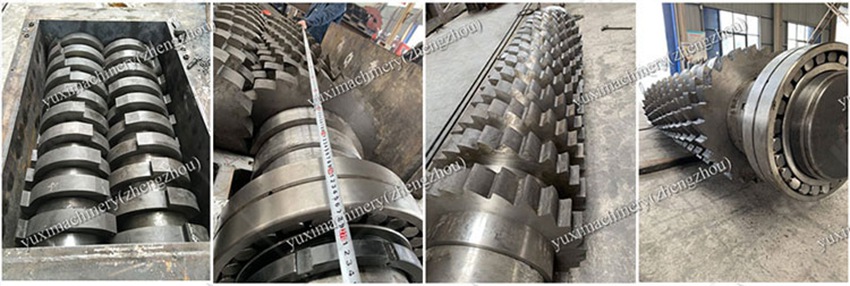
1. Remove the cutting tool from the shredder machine after confirming that the cutting tool meets the repairable conditions.
2. Clean the cutting tool, remove surface oil stains and other matters that affect welding.
3. Preheat the cutting tool as needed.
4. For welding worn surfaces, the welding wire should select imported wear-resistant welding wire with good bonding performance and high hardness. The hardness of the welding wire is 55-60HRC and 50-55HRC. The service life after repair is determined by the material for renovation.
5. For machining according to the drawings, the thickness of the cutting tool is important, which affects the service life of the cutting tool.
6. Acceptance of cutting tools.
7. Installed.
Note: Generally, cutting tools can be repaired more than 3 times.
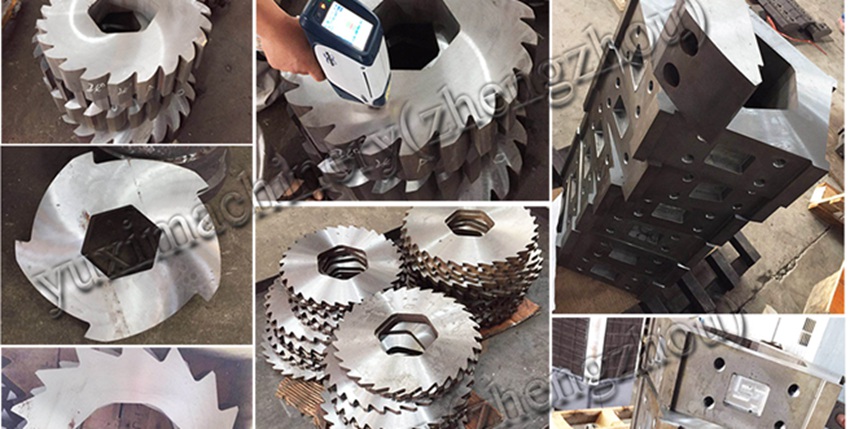
In order to ensure the welding quality of the blade, the blade after being welded should be carefully inspected to find out the cause of the defect and improve it. Before inspection, the blade should be sandblasted or lightly ground to remove the solder and impurities adhering to the surface of the blade, and cleaned with kerosene.
The inspection items and requirements are as follows:
1. Check the strength of welded joint: Grind the back of a blade with a green silicon carbide grinding wheel, and check the thickness of the solder layer, the thickness is required to be below 0.15 mm. There should be no pores and insufficient solder on the bottom surface of the cutting tool tip bearing, and the weld that is not filled with solder should be no more than 10% of the total length of the weld. If there are air holes, the blade will fall off during cutting.
2. Check the position of the blade in the slot: If the blade is misaligned or sag in a unnormal conditions, re-welding is necessary.
3. Check the welding strength: Hit the blade with a wooden hammer or a copper hammer with medium strength, it’s qualified f the blade does not fall off the knife body. To check the welding strength of the blades, you do not need to check all of them one by one, spot checks is OK.
4. Check the flatness of the blade: If there are obvious pits on the blade, it means that the blade is overheated and deformed, and the blade should be burned and re-welded.
5. Check the cracks: After the blade is cleaned with kerosene, if the blade has cracks, kerosene will penetrate into the cracks and appear black lines, which can be observed with the naked eye. It can also be observed with a magnifying glass of 10-40 times.
Color flaw detection can also be used to check the blade cracks: Make a solution of 65% kerosene, 30% transformer oil and 5% turpentine, and a little Sudan red. Put the blade in the solution for 10-15 minutes, then wash it with water, apply a layer of white clay (kaolin), and observe the surface after drying. If there are cracks on the blade, the color of the solution will be appeared on white clay, and can be seen with the naked eye. The cracked blade cannot be used and needs to be re-welded.
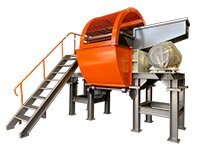 Shredding Machine
Shredding Machine
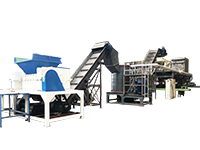 Waste Recycling Line
Waste Recycling Line
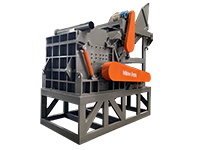 Optional Equipment
Optional Equipment


